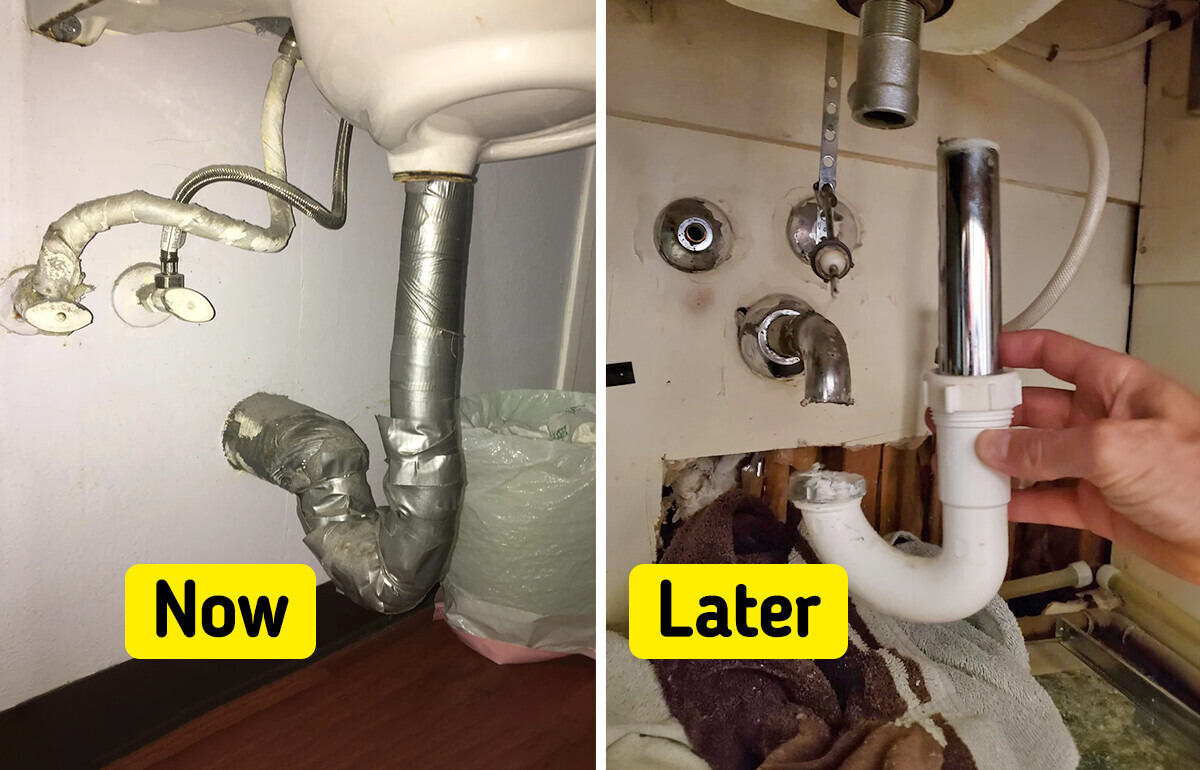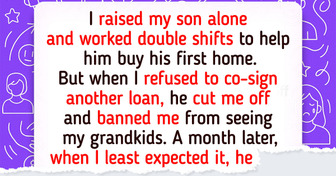10 Stories That Prove Parents and Technology Just Don’t Mix


Saving money is essential for building a secure financial future, but even small missteps can sabotage your progress. Many people unknowingly lose hundreds, even thousands, of dollars each year by falling into everyday traps.
Sure, you can find a YouTube tutorial for almost anything. But tackling plumbing, electrical work, or structural fixes without proper knowledge can lead to costly damage or even safety risks.
Why it costs you:
A botched repair can cause bigger, more expensive problems, forcing you to pay a professional to undo and redo the work — often at double the original cost.
Better move:
Know your limits. Stick to cosmetic DIY (painting, small decor projects) and hire licensed pros for critical systems like plumbing and electricity.
Going for the cheapest paint, flooring, or fixtures may save money today — but inferior products wear out faster, need replacing sooner, and can lower your home’s value.
Why it costs you:
Poor-quality materials often lead to frequent replacements or additional repairs.
Better move:
Invest in quality upfront, especially for things that endure heavy use (flooring, faucets, roofing).
Delaying maintenance (like HVAC servicing, gutter cleaning, or roof inspections) might seem like a way to avoid costs now, but issues compound quickly.
Why it costs you:
Neglected small problems (like a minor roof leak) escalate into major, expensive repairs.
Better move:
Budget for regular maintenance. Spending a little now avoids massive expenses later.
Appliances like washing machines, ovens, and refrigerators are complicated. Watching a few online videos doesn’t make you a technician.
Why it costs you:
DIY repairs can void warranties, cause additional damage, or create fire hazards.
Better move:
For anything electrical or mechanical, get a certified technician — especially if your appliance is under warranty.
It’s tempting to buy bargain-bin tools when starting DIY projects. But cheap tools break, underperform, or even cause accidents.
Why it costs you:
Broken tools mean replacing them sooner and risking personal injury (which leads to medical costs).
Better move:
Invest in a few high-quality tools, or rent professional-grade tools for bigger jobs.
Trying to save by skipping insulation upgrades (or doing a patchy DIY job) seems thrifty — but results in higher heating and cooling bills month after month.
Why it costs you:
Poor insulation wastes energy, costing you hundreds more annually.
Better move:
Hire professionals to assess and properly insulate your home. It pays for itself in energy savings.
Pulling permits costs money, so many DIYers “save” by skipping them. Bad idea.
Why it costs you:
Unpermitted work can lower your home’s resale value, cause legal troubles, and even require costly removal.
Better move:
Always follow local building codes. The permit fees are far cheaper than fines or tear-downs.
Fixing a leaking pipe with a quick DIY patch may stop the drip temporarily, but plumbing issues rarely fix themselves.
Why it costs you:
Water damage from leaks can cost thousands to repair — not to mention mold risks.
Better move:
For anything involving pressurized water, call a licensed plumber early to avoid disaster.
Painting over cracked walls, mold spots, or water damage might make a room look better — but it doesn’t solve the underlying issues.
Why it costs you:
Ignoring foundational problems leads to higher repair costs later.
Better move:
Fix the root cause before painting or cosmetic fixes. Otherwise, you’re just hiding ticking time bombs.
Skipping oil changes, tire rotations, or brake inspections might save you $100 now — but cause $1,000 repairs later.
Why it costs you:
Neglected maintenance leads to major engine or brake failures, costing far more than the maintenance would have.
Better move:
Follow your car’s maintenance schedule religiously. It’s cheaper and extends the life of your vehicle.
Not every “money-saving” idea is truly saving you money. In fact, many DIY fixes, shortcuts, and bargain choices can quietly destroy your savings if they backfire. The smartest savers know when to do it themselves — and when to call in a pro.











